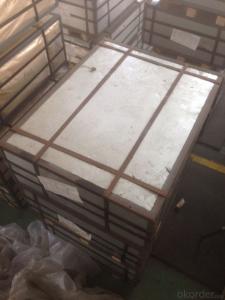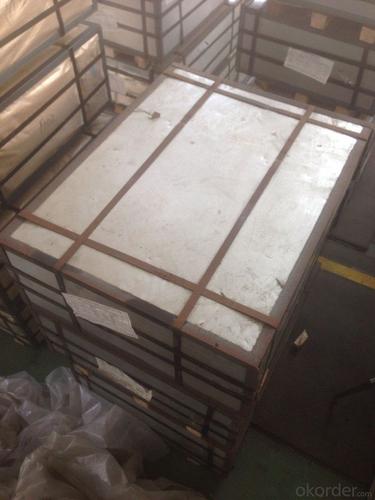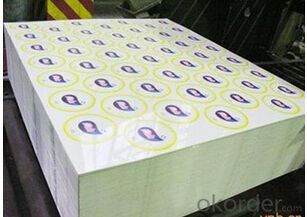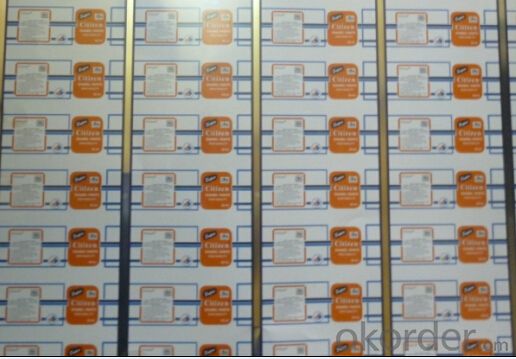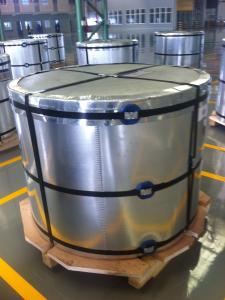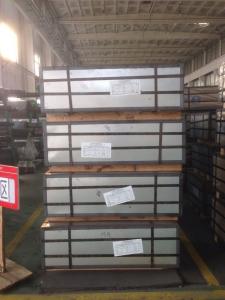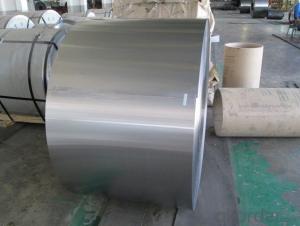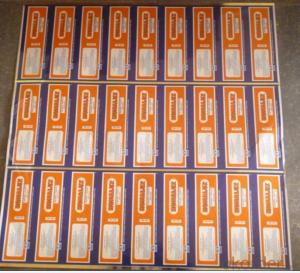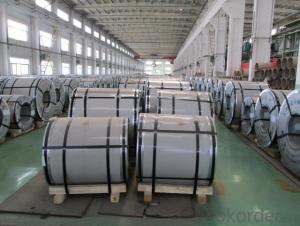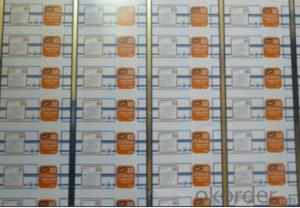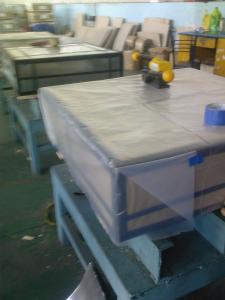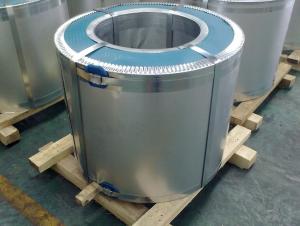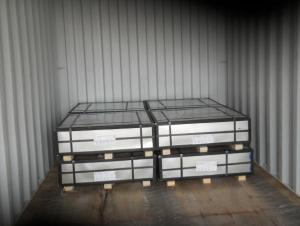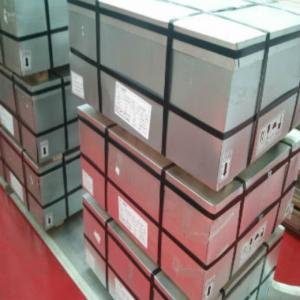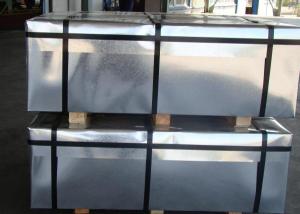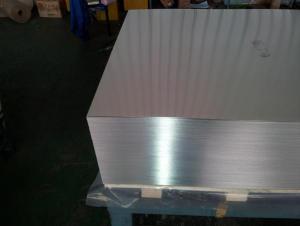Printing Tinplate Coils With Prime Quality for 0.27mm
- Loading Port:
- Tianjin
- Payment Terms:
- TT OR LC
- Min Order Qty:
- 25 m.t.
- Supply Capability:
- 1000 m.t./month
OKorder Service Pledge
OKorder Financial Service
You Might Also Like
Printing Tinplate Coils With Prime Quality for 0.27mm
1.Structure of Description
Printing Tinplate Coils With Prime Quality for 0.27mm is one of the metal packing materials, which is widely used for making painting cans ,chemical package cans , electrical cable ,battery and metal printing etc.
2. Main Features
Steady and high quality
Fast shipment
Good experience for export work
For the surface, Plate uniform in thickness,uniform and smooth tin coating, without flaws,rusts,scratch,wave,nick of tin coating etc.
Price competitive
3. Images
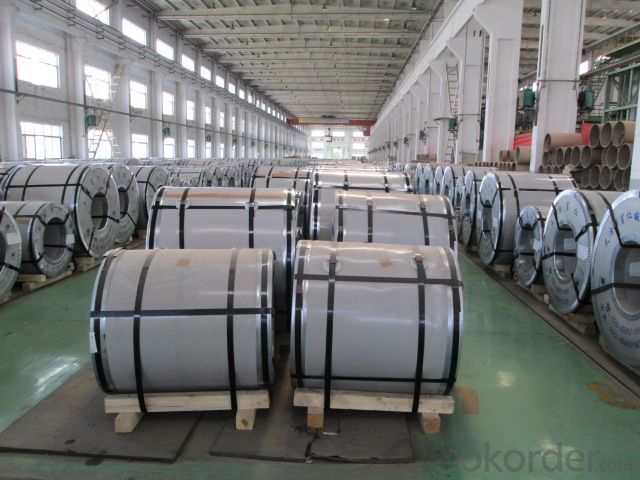
4. Specification
Standard : GB2520-2000 ,JIS G3303
Steel type : SPCC
Coating : 2.8/2.8
Surface: Bright, Stone ,
Thickness:0.31
Width :600MM~1000MM
Temper : T1~T5
Package: tinplate wrapped completely with an inner cover of plastic or waterproof papers with vorners protected with metal angels.
5.FAQ
A. What is the package of tinplate? (Referred as below)
For sheets, thin plastic film + rust-proof paper + metallic cover + metallic angles+ steel band strips + fumigated wooden pallet.
- Q: How does tinplate perform in terms of resistance to mechanical stress?
- Tinplate performs well in terms of resistance to mechanical stress due to its high tensile strength and durability. It can withstand bending, twisting, and impacts without significant deformation or damage.
- Q: What are the different methods of joining tinplate components together?
- There are several methods of joining tinplate components together, including soldering, welding, riveting, and adhesive bonding. Each method has its own advantages and is chosen based on factors such as the required strength, aesthetics, and production efficiency of the final assembly.
- Q: Can tinplate packaging be used for household products?
- Yes, tinplate packaging can be used for household products. Tinplate has excellent durability, corrosion resistance, and can be easily shaped into various forms. It is commonly used for packaging food, beverages, and other household items such as cleaning products, cosmetics, and personal care items.
- Q: How is tinplate coated with epoxy resin?
- Tinplate is coated with epoxy resin through a process called electrostatic powder coating. The tinplate is first cleaned and prepared to ensure proper adhesion of the epoxy resin. Then, an electrostatic charge is applied to the tinplate, creating a static field that attracts the epoxy resin particles. The epoxy resin powder is then sprayed onto the tinplate, where it adheres to the surface due to the electrostatic attraction. Finally, the coated tinplate is baked at high temperatures to cure the epoxy resin, creating a durable and protective coating.
- Q: What are the considerations for handling and storing tinplate coils?
- Considerations for handling and storing tinplate coils include ensuring proper lifting and handling techniques to prevent damage, maintaining a clean and dry storage area to prevent corrosion, using appropriate protective measures such as wrapping or covering the coils, and implementing a systematic inventory management system to facilitate easy access and rotation of the coils.
- Q: Can tinplate be used for high-speed packaging lines?
- Yes, tinplate can be used for high-speed packaging lines. Tinplate, known for its strength, durability, and corrosion resistance, is commonly used in the food and beverage industry for packaging products that require high-speed production. Its smooth surface allows for efficient printing and labeling, making it a suitable choice for high-speed packaging lines.
- Q: What are the different methods of cutting and shaping tinplate?
- There are several methods of cutting and shaping tinplate, including shearing, stamping, laser cutting, and forming.
- Q: Can tinplate be used for packaging pet food?
- Yes, tinplate can be used for packaging pet food. Tinplate is a commonly used material for packaging various products, including pet food, due to its durability, resistance to moisture and oxygen, and ability to preserve the freshness and quality of the food.
- Q: Can tinplate be used for paint can packaging?
- Yes, tinplate can be used for paint can packaging. Tinplate is a widely used material for packaging due to its durability and ability to protect the contents from external factors. It is commonly used for paint can packaging as it provides a strong barrier against moisture and corrosion, ensuring the paint remains in good condition. Additionally, tinplate is easily recyclable, making it an environmentally friendly choice for packaging.
- Q: Can tinplate packaging be used for home decor products?
- Yes, tinplate packaging can be used for home decor products. Tinplate is a versatile material that can be easily molded into various shapes and sizes, making it suitable for packaging a wide range of home decor items such as candles, vases, small decorative objects, and more. Additionally, tinplate offers a sleek and attractive look, which can enhance the overall aesthetic appeal of the home decor products.
Send your message to us
Printing Tinplate Coils With Prime Quality for 0.27mm
- Loading Port:
- Tianjin
- Payment Terms:
- TT OR LC
- Min Order Qty:
- 25 m.t.
- Supply Capability:
- 1000 m.t./month
OKorder Service Pledge
OKorder Financial Service
Similar products
Hot products
Hot Searches
Related keywords
